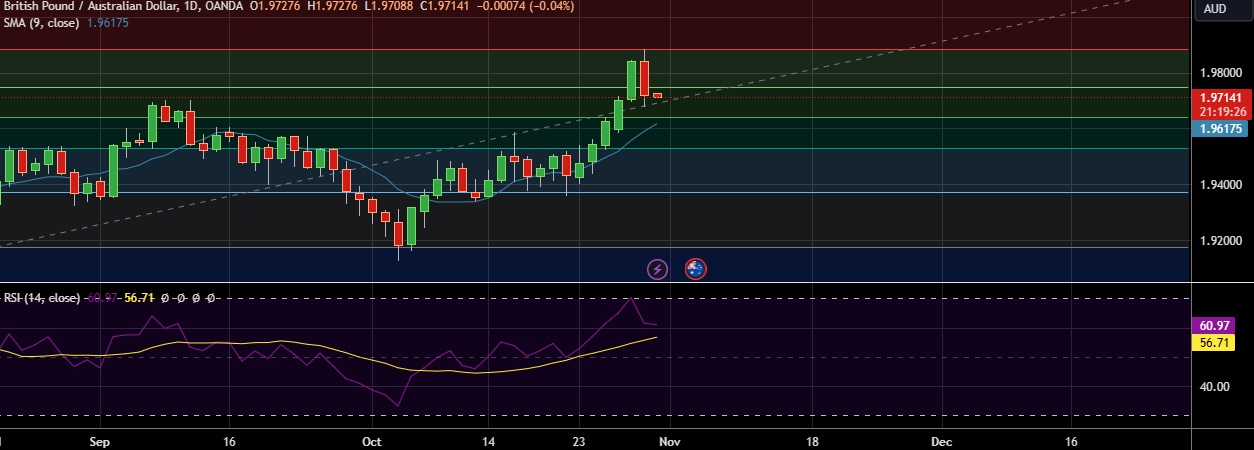
Matthew Patterson
Postdoctoral Research Assistant in in Atmospheric Physics, University of Oxford
I am a postdoctoral research assistant in the climate dynamics and predictability groups. My primary interests are in atmospheric dynamics, prediction on seasonal to decadal timescales and climate change.
My current work concerns the effects of decadal variability of the sub-polar North Atlantic ocean on the mid-latitude atmosphere. This is part of the NERC-funded WISHBONE project in collaboration with the University of Reading, National Oceanography Centre and National Center for atmospheric research in the US. In relation to this project I also am a visitor at University of Reading.
Previously, I studied the role that global warming trends have on skill in seasonal prediction models for Europe, funded through the EUCP project (European Climate Prediction System) with Antje Weisheimer and Dan Befort. I found that warming trends play a strong role in summer temperature variability, hence providing a large amount of predictability. However, even with this skill coming from the external forcing, northern European temperature skill is low, suggesting systematic errors in the forecasts for this region. I have also worked on a project examining the variability of the East Asian jet stream and its relationship to forcing by sea surface temperatures on a decadal timescale. This was a collaboration between the Universities of Oxford and Reading, funded through the Met Office's CSSP China project
In 2020, I completed my PhD on the dynamics of the South Pacific split jet stream, supervised by Tim Woollings at Oxford and Tom Bracegirdle at the British Antarctic Survey. My research involved understanding the factors that shape the mean state, the variability of the jets and how they may change under climate change. In particular, I found that Antarctic orography makes a strong contribution to the wintertime jet structure, altering the behaviour of transient Rossby waves which reinforce the polar jet. A second key finding from my PhD was that the South Pacific jets are likely to become less split in future as a result of changes to stationary waves which arise because of alterations to wave sources at low latitudes.
- Market Data











































